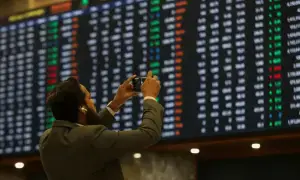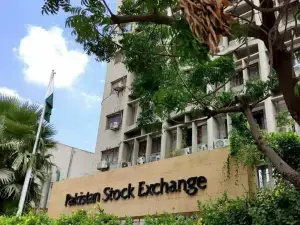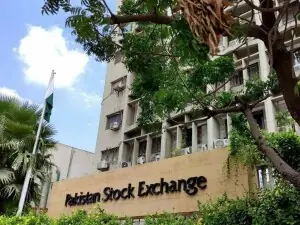 PARIS: Canada's dollar hit a two-month high on Tuesday after the Canadian central bank raised the prospect of an interest rate hike as soon as this year, while the US dollar inched down as traders eyed the start of a two-day Federal Reserve meeting.
PARIS: Canada's dollar hit a two-month high on Tuesday after the Canadian central bank raised the prospect of an interest rate hike as soon as this year, while the US dollar inched down as traders eyed the start of a two-day Federal Reserve meeting.
Bank of Canada Senior Deputy Governor Carolyn Wilkins said late on Monday that first-quarter growth in the North American country had been "pretty impressive", and that signs economic growth was broadening would lead the central bank to consider whether current low rates would still be required.
The comments sent the Canadian dollar - or the "loonie" as it is known by traders - to its highest level since April 13, with the currency gaining around 1.5 percent late on Monday and early on Tuesday to hit C$1.3245 against its US counterpart .
While many economists had expected the bank to start raising in 2018, markets were pricing in a 52 percent chance of a hike by the end of 2017 following Wilkins's speech.
"The market had been overlooking the strengthening economic data from Canada, and obviously now that we're starting to see some change in communication from the Bank of Canada to acknowledge that ... the market won't be able to look through that," said MUFG currency economist Lee Hardman, in London.
"The shift to a more hawkish stance will offer the potential for the Canadian dollar to strengthen further from here."
The loonie's US counterpart, meanwhile, inched down against a basket of currencies ahead of the start of the Fed's meeting, as the euro inched higher, staying just above $1.12.
With the Fed widely expected to raise interest rates when it concludes its meeting on Wednesday, investors' focus will be on any fresh hints on the pace of hikes in the months to come, and its assessment of the economy and outlook on inflation.
Investors will also be watching for any fresh details on the central bank's plans for trimming its balance sheet.
"The Fed is likely to remain cautious as recent mixed data should lead FOMC (Federal Open Market Committee) members to revise down their projections for both the inflation rate and the unemployment rate," said Credit Agricole macro strategist Xavier Chapard, in Paris.
"We expect the 'dot plot' to remain unchanged, pointing to one additional rate hike this year and three hikes next year."
Sterling rebounded from seven-month lows plumbed the previous day against the euro and gained 0.6 percent against the dollar, after data showed British inflation unexpectedly jumped to its highest level in nearly four years in May.
Investors were still cautious, though, viewing the pound as vulnerable to political uncertainty after the shock outcome of last week's election, in which voters denied any party a parliamentary majority.






















Comments
Comments are closed.